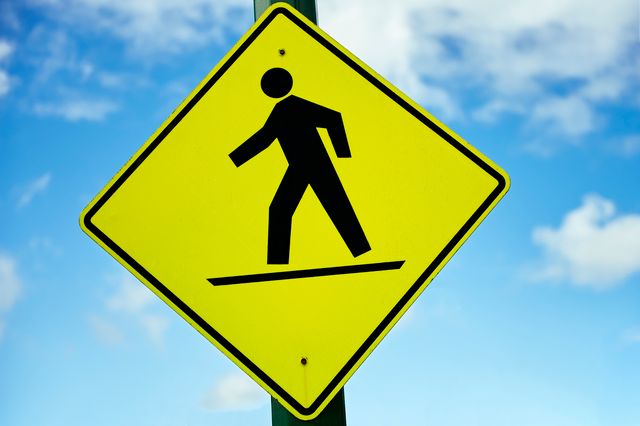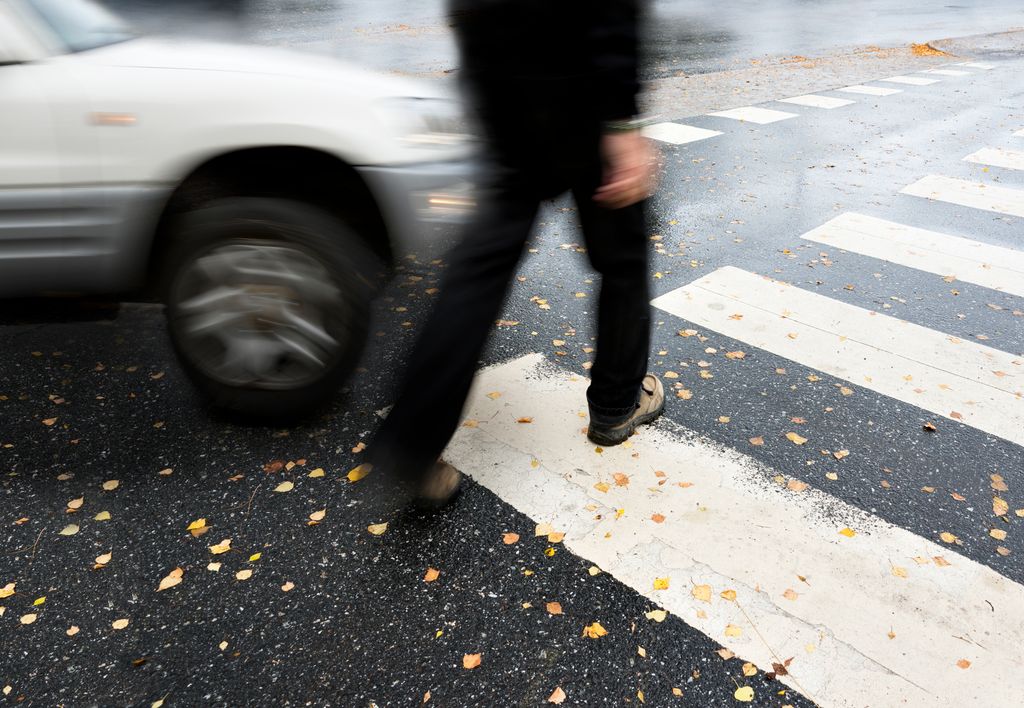Pennsylvania Pedestrian Law
Pennsylvania’s pedestrian laws can be found in Title 75 of the Pennsylvania Consolidated Statutes, also known as the Pennsylvania Vehicle Code. These laws detail the rights and duties of pedestrians, as well as the responsibilities of drivers towards pedestrians. For a more user-friendly approach, the Pennsylvania Department of Transportation (PennDOT) provides resources and summaries of these laws on its website, offering easy access for individuals seeking to understand pedestrian regulations in the state.
Pennsylvania pedestrian laws are intended to protect pedestrians and motorists alike from accidents. If you are a pedestrian and have been injured in Pennsylvania, a PhillyLaw pedestrian accident lawyer will offer a free consultation so that you can learn your options for compensation for your injuries.
General Pennsylvania Pedestrian Laws
In Pennsylvania, general pedestrian law emphasizes the importance of safety for both pedestrians and drivers. The law aims to create a balance between pedestrian and vehicular traffic, ensuring the safety and orderly flow for all parties involved.
Pedestrian Crossing the Street
When crossing the street in Pennsylvania, pedestrians have specific duties to maximize their safety, whether using a marked or unmarked crosswalk. It’s important for pedestrians to always check for oncoming traffic before stepping onto the road.
Pedestrians Have the Right-of-Way in a Marked or Unmarked Crosswalk
In marked crosswalks, a person crossing has the right of way, but they must not enter the crosswalk if vehicles are too close to safely stop. Similarly, in unmarked crosswalks at intersections, pedestrians have the right of way over vehicles but are cautioned to ensure vehicles have adequate time to yield. At all times, pedestrians should remain vigilant, avoid distractions, and make eye contact with drivers when possible to ensure their intentions are clearly communicated and understood.
Pedestrians Must Yield to Motor Vehicles When Crossing Not at an Intersection or Crosswalk
When pedestrians cross the street at a location that is neither an intersection nor a marked crosswalk, pedestrians are required to yield the right of way to all vehicles on the roadway. This means they must wait until it is safe to cross, ensuring that their crossing does not disrupt oncoming traffic.
Pedestrians should also make themselves as visible as possible, crossing at a well-lit area or wearing reflective clothing if necessary, especially during night or poor weather conditions. The law prioritizes the flow of vehicular traffic in these areas, underscoring the responsibility of pedestrians to act with extra caution.
Obey Traffic Signals
In Pennsylvania, it is a statutory obligation for pedestrians to comply with all traffic control signals and signs. This law is designed to ensure the orderly movement of both pedestrian and vehicular traffic and to prevent accidents at intersections and other regulated points on the road. Pedestrians must wait for the appropriate signal—such as a “Walk” light or a green light—before proceeding through a crosswalk or intersection.
Furthermore, when “Don’t Walk” or “Wait” signals are displayed, pedestrians are required to remain on the curb or safety island. Disregarding these signals not only disrupts traffic flow but also significantly increases the risk of injury or accidents. Compliance with traffic signals is essential for maintaining safety and harmonious use of roadways by all.
Safety Tips for Pedestrians
To mitigate the risk of injury, pedestrians in Pennsylvania should adopt a proactive approach to their safety. These safety tips include being aware of their surroundings, avoiding distractions such as mobile phones and headphones when crossing streets, and making themselves visible to drivers at all times.
Wear bright clothing or wear reflective materials during the night or in poor weather conditions to significantly improve one’s visibility. Additionally, pedestrians should always use sidewalks where available and to walk facing traffic when sidewalks are not present. This increases the likelihood of noticing potential dangers and allows for quicker reactions.
Crossing streets at designated crosswalks and intersections, making eye contact with drivers to ensure they are seen, and following pedestrian traffic signals are essential practices. By taking these precautions, pedestrians can significantly reduce their chances of being involved in traffic accidents and enhance their overall safety on the road.
PhillyLaw Understands Pedestrian Laws to Help Injured Pedestrians Obtain Maximum Recovery
PhillyLaw is dedicated to helping injured pedestrians understand their rights and pursue justice. If you’ve been injured as a pedestrian in Pennsylvania, our experienced legal team can provide the guidance and representation you need. From navigating the complexities of pedestrian law to dealing with insurance companies, we stand with our clients every step of the way. Our goal is to ensure that injured pedestrians receive the compensation they deserve for medical expenses, lost wages, and pain and suffering. Contact us today for a free consultation to explore your legal options and begin the process of recovery.


